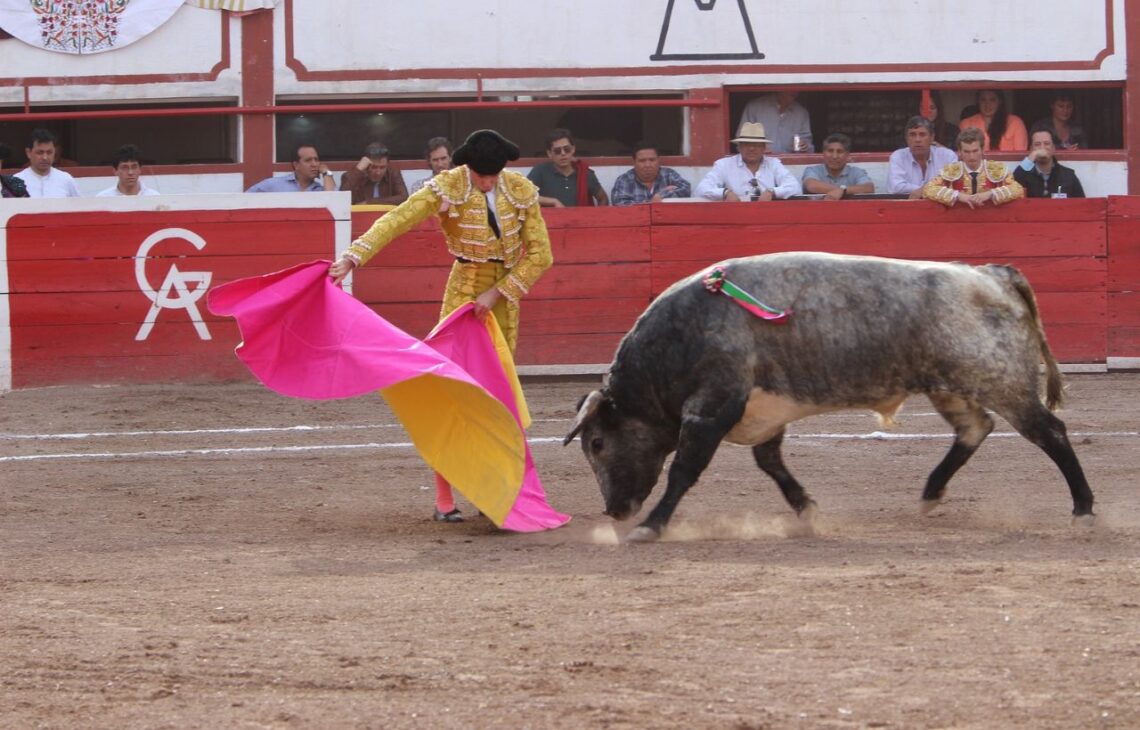
Madrid bullfighting traditions and rituals
Bullfighting, or “corrida de toros,” has been a longstanding tradition in Spain for centuries. One of the most famous cities in Spain for bullfighting is Madrid, where the Plaza de Toros de Las Ventas is located. The bullfighting traditions and rituals in Madrid are steeped in history, and have become an integral part of the city’s cultural heritage.
Bullfighting in Madrid typically takes place during the summer months, with the San Isidro Festival being the most famous event. This festival is named after the patron saint of Madrid, and is held in May and June. During the festival, bullfights take place every day for three weeks, drawing crowds from all over the world.
The bullfight itself is divided into three parts, or “tercios.” The first tercio is called the “tercio de varas,” where the bullfighter, or “matador,” uses a lance to test the strength and bravery of the bull. The second tercio is the “tercio de banderillas,” where the matador uses colorful sticks to plant banderillas in the bull’s shoulders. The final tercio is the “tercio de muerte,” where the matador attempts to kill the bull with a sword.
Before the bullfight begins, there is a ritual known as the “paseillo.” This is when the bullfighters and their assistants parade around the ring, waving their capes and saluting the crowd. This is an important part of the bullfight, as it sets the tone for the rest of the event.
Another important aspect of bullfighting in Madrid is the role of the “picador.” This is the person who rides on horseback and uses a lance to weaken the bull during the first tercio. The picador is often accompanied by a group of assistants, known as “peones,” who help to distract the bull and protect the picador.
In addition to the bullfight itself, there are also a number of other traditions and rituals that are associated with bullfighting in Madrid. One of these is the “puerta grande,” which is the grand gate that the matador walks through if he is successful in killing the bull. This is a highly coveted honor, and matadors who are able to achieve this feat are celebrated as heroes.
There is also a lot of symbolism associated with bullfighting in Madrid. The bull is seen as a representation of strength, courage, and power, while the matador is seen as a symbol of bravery and honor. The colorful capes and flags that are used during the bullfight also have symbolic meanings, representing the different stages of the fight and the different emotions that are associated with each stage.
Despite its popularity, bullfighting in Madrid is a controversial topic. Many people see it as a cruel and unnecessary practice, while others view it as an important part of Spain’s cultural heritage. Regardless of one’s opinion, however, it is clear that bullfighting has played an important role in the history and culture of Madrid, and will continue to do so for many years to come.